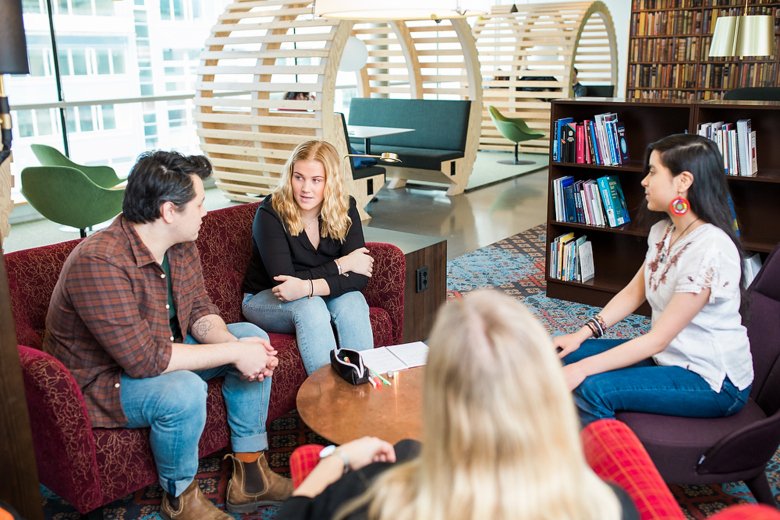For students attending the course Applied biostatistics (7,5 hp) course code 4BI108
The goal of the course is to equip the future Masters in Biomedicine with basic tools for understanding statistics in research - their own as well as others.
Syllabus
Information about the course
The content of the course is grouped into three parts:
Introduction: basic statistical terms and concepts (descriptive statistics, probability, central limit theorem, confidence intervals, and statistical tests).
Regression modeling: linear and logistic regression, multiple regression, the role of covariates, and causal inference.
Survival analysis: time to event outcomes, censoring, estimating survivor curves, comparing survivor curves, and proportional hazards regression
The course is strongly focused on application and analyzing realistic data using the statistical software R. Consequently, almost half the planned activities will have you work on problems and examples, either on your own or in small groups.
Schedule
The schedule will be presented 2 weeks before the course starts. Students will get access to the course web in Canvas just before the course starts.
The course will start October 15 2025.
Examination
The examination will be held at November 13 at 14.15-17.15 in Skrivsalen BZ, Berzelius väg 3, Solna.
Further information will be given during the course.
Attendance, course material and software
You are required to register for this course in Ladok, please contact the course administrator if there is any questions regarding this.
You will use the open-source statistical software R, which is freely available from the CRAN website. We will give a short introduction on using R with a simple graphical user interface at the beginning of the course. Bring your own laptop (we will help you with installing R if you have problems).
Video demo of installation (8 min)
Literature
There is no dedicated course book: while there is no lack of excellent introductory biostatistics books, most are written for either clinical or public health researchers, and stress somewhat different aspects. Consequently, we try to put everything you need to pass the course into our handouts.
For a basic introduction, we recommend the OpenIntro Statistics text book, which is freely available in electronic format from http://www.openintro.org/stat/textbook.php It's very thorough and keeps formulas to a minimum, but has no special focus on life sciences (statistics rather than biostatistics). If you do not mind the occasional economy- or psychology problem, it is quite readable.
For some more directly relevant complementary reading, the following books are available from the KI Library. They are well written, with excellent examples from biomedical research:
DG Altman: Practical Medical Statistics
M Bland: An Introduction to Medical Statistics
M Pagano: Principles of Biostatistics
B Rosner: Fundamentals of Biostatistics (very detailed)
P Dalgaard: Introductory Statistics with R (software specific)
Preparation & self-evaluation
By requirement of the Biomedicine programme, this is an advanced-level course. This means that participants should have been exposed to (most of) the content in Module 1 (Introduction/Recap) already previously, preferably in a university-level introductory statistics course. If you are uncertain whether you should undertake some extra preparation (reading) prior to course start, please have a look at the Biostatistics Course self assessment further down.
Besides detailed description of course requirements, this document also contains a self-assessment test.
Schedule
Contact
Matteo Bottai
Course direcorKamilla Sagrelius
Course administratorMalin Sandell
Study CounsellorBiostatistics Course self assessment
Course analysis
 Photo: Ulrich Schulte
Photo: Ulrich SchulteFor students attending the Masters's Programme in Biomedicine
On the Programme web you can find everything you need to know as a student attending the Master's Programme in Biomedicine.

Student at KI
Here you can find all the information you need for your studies.
